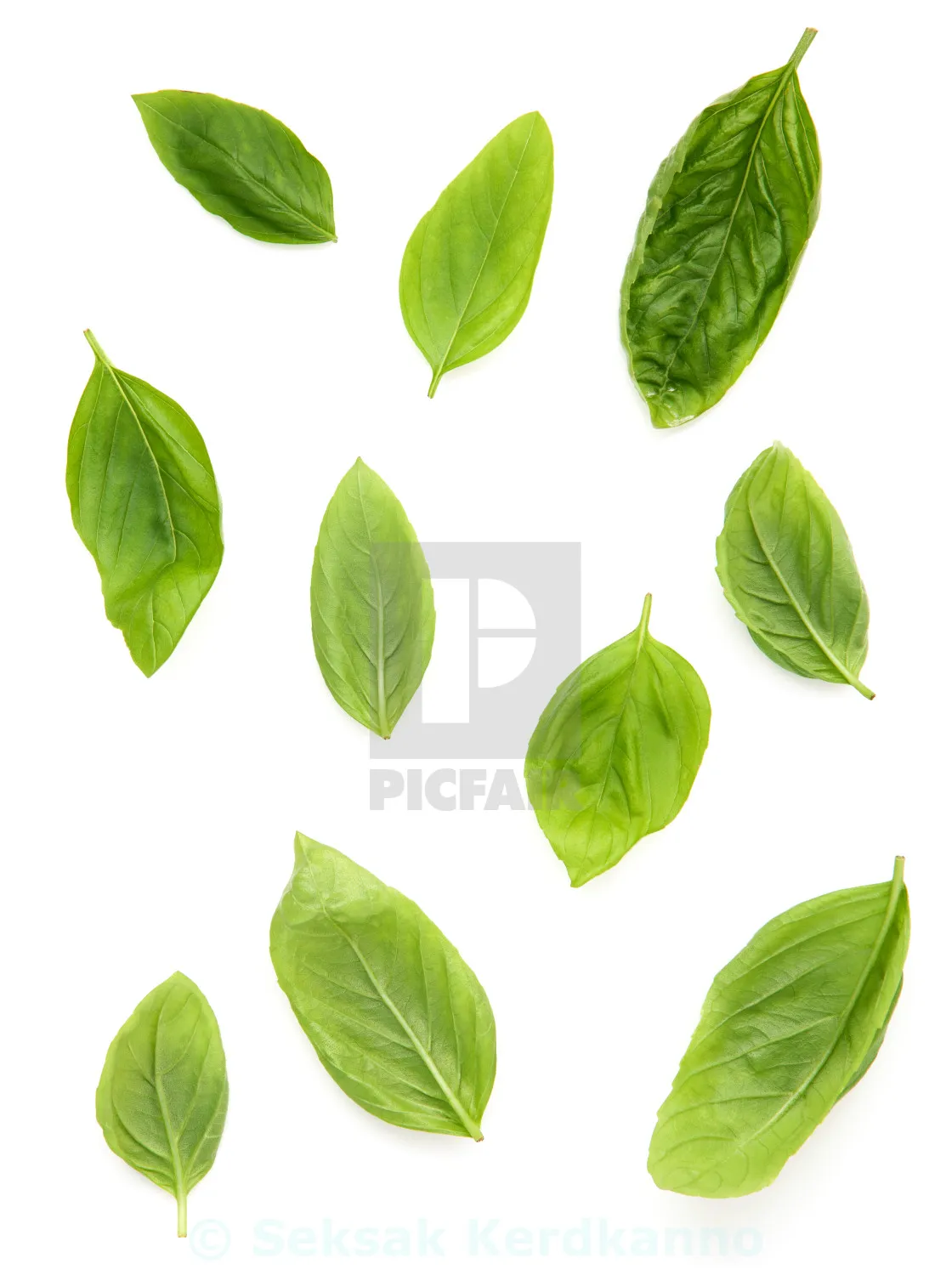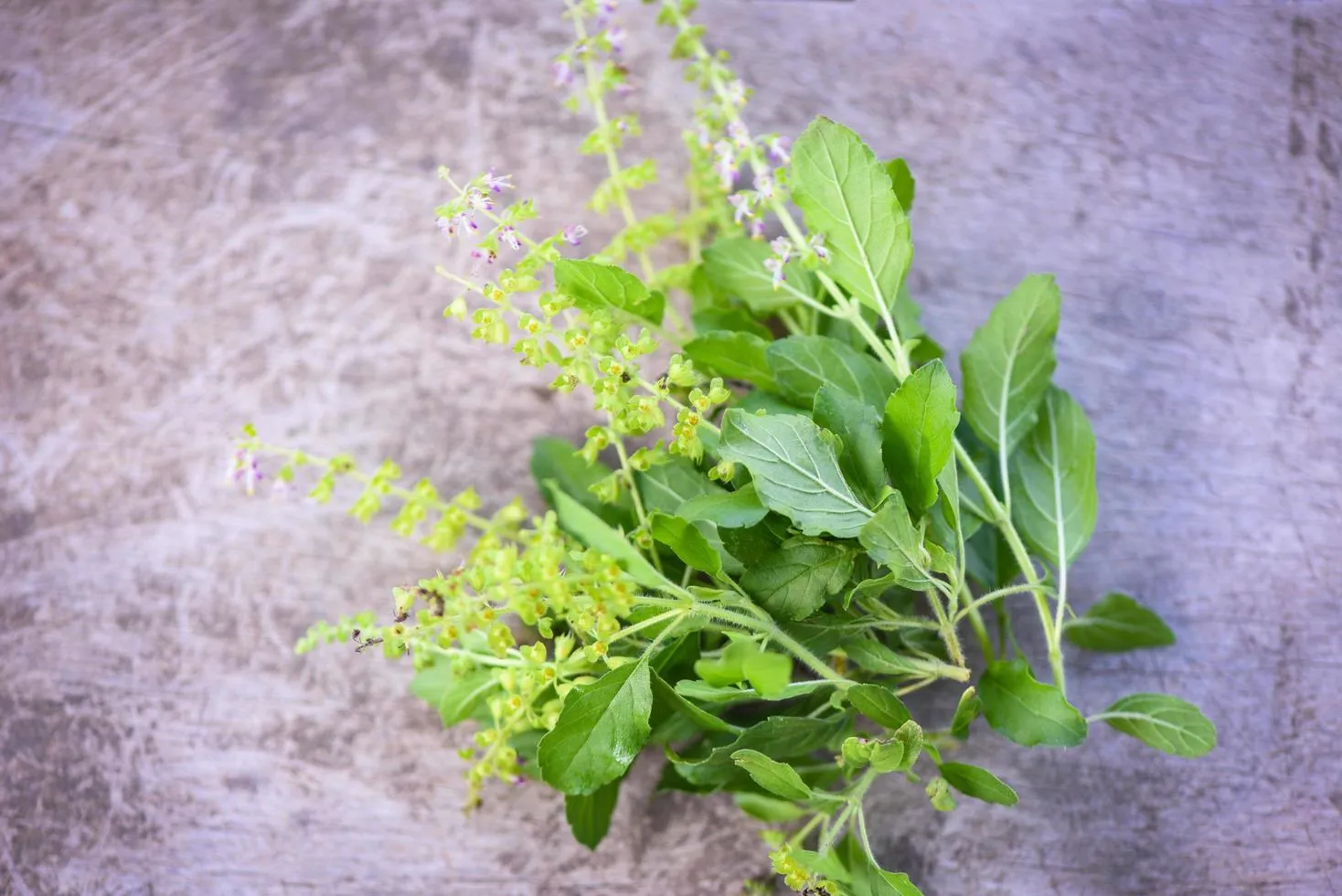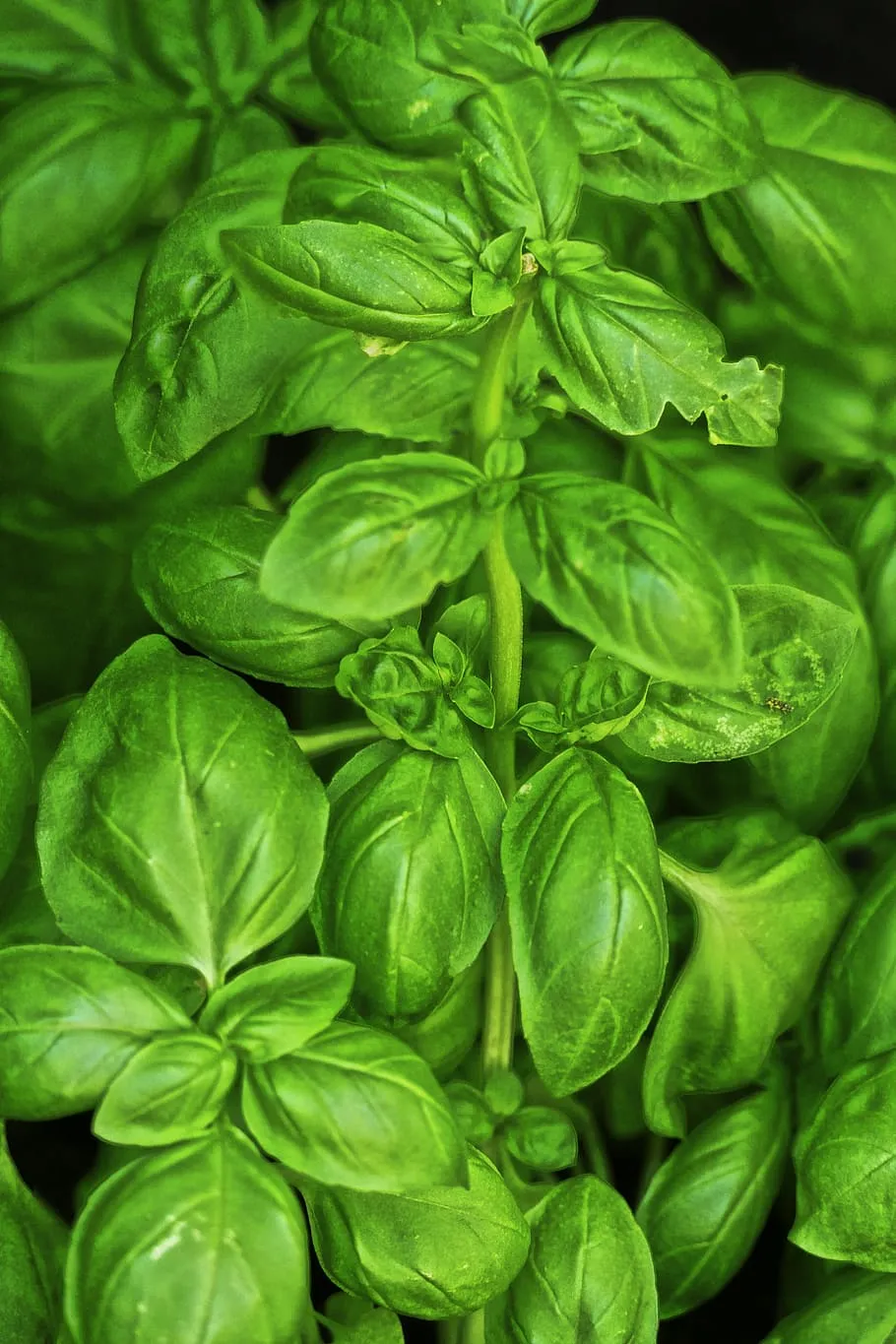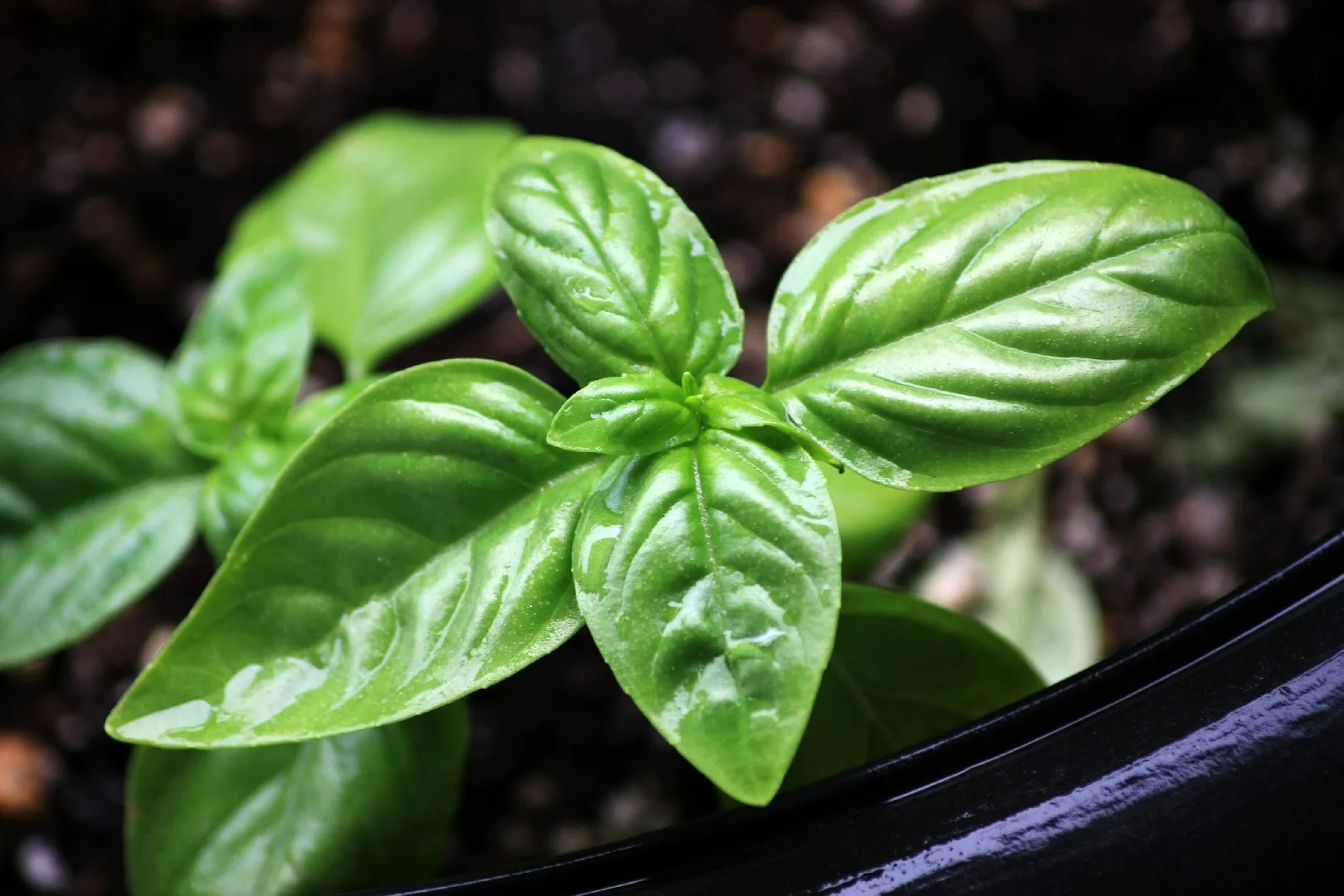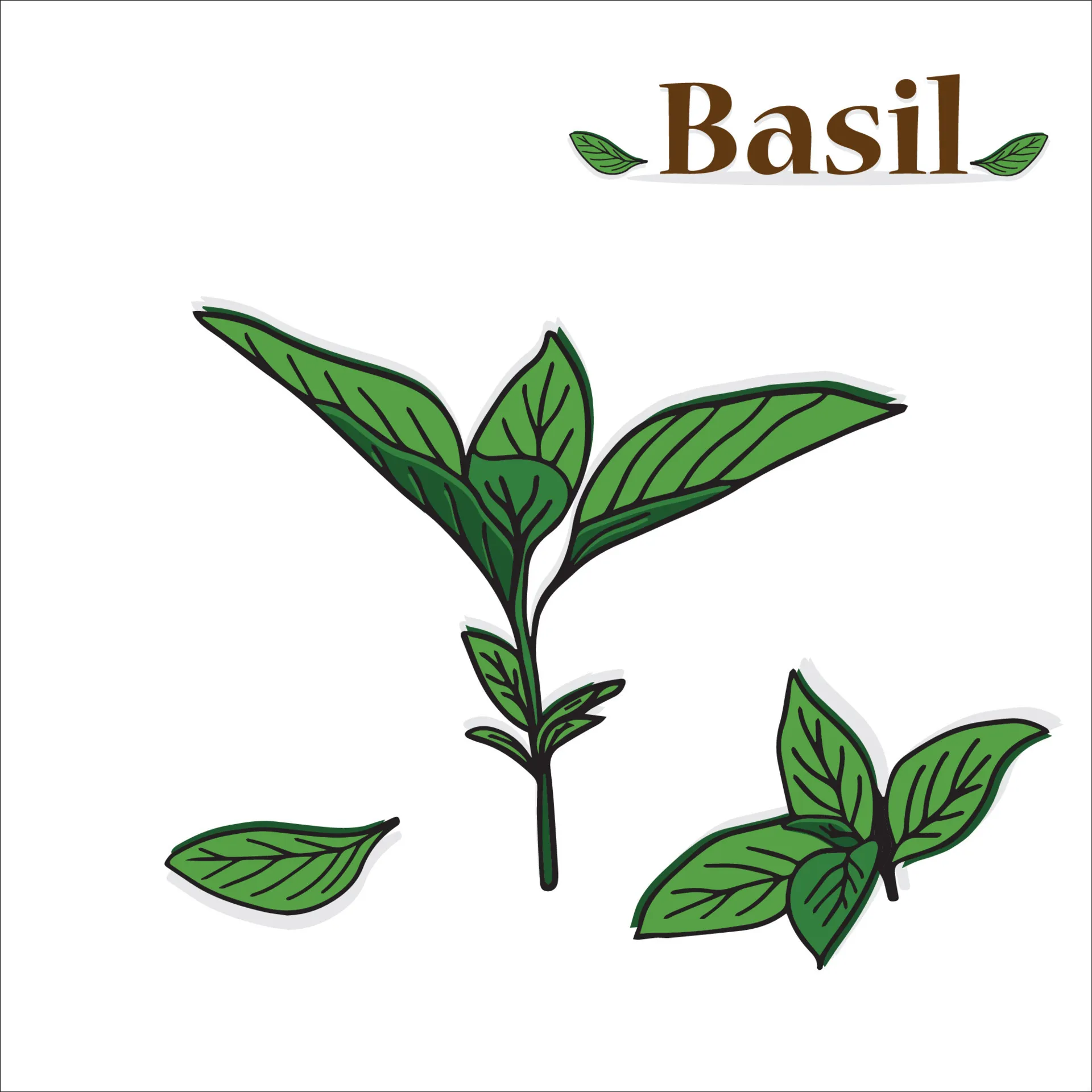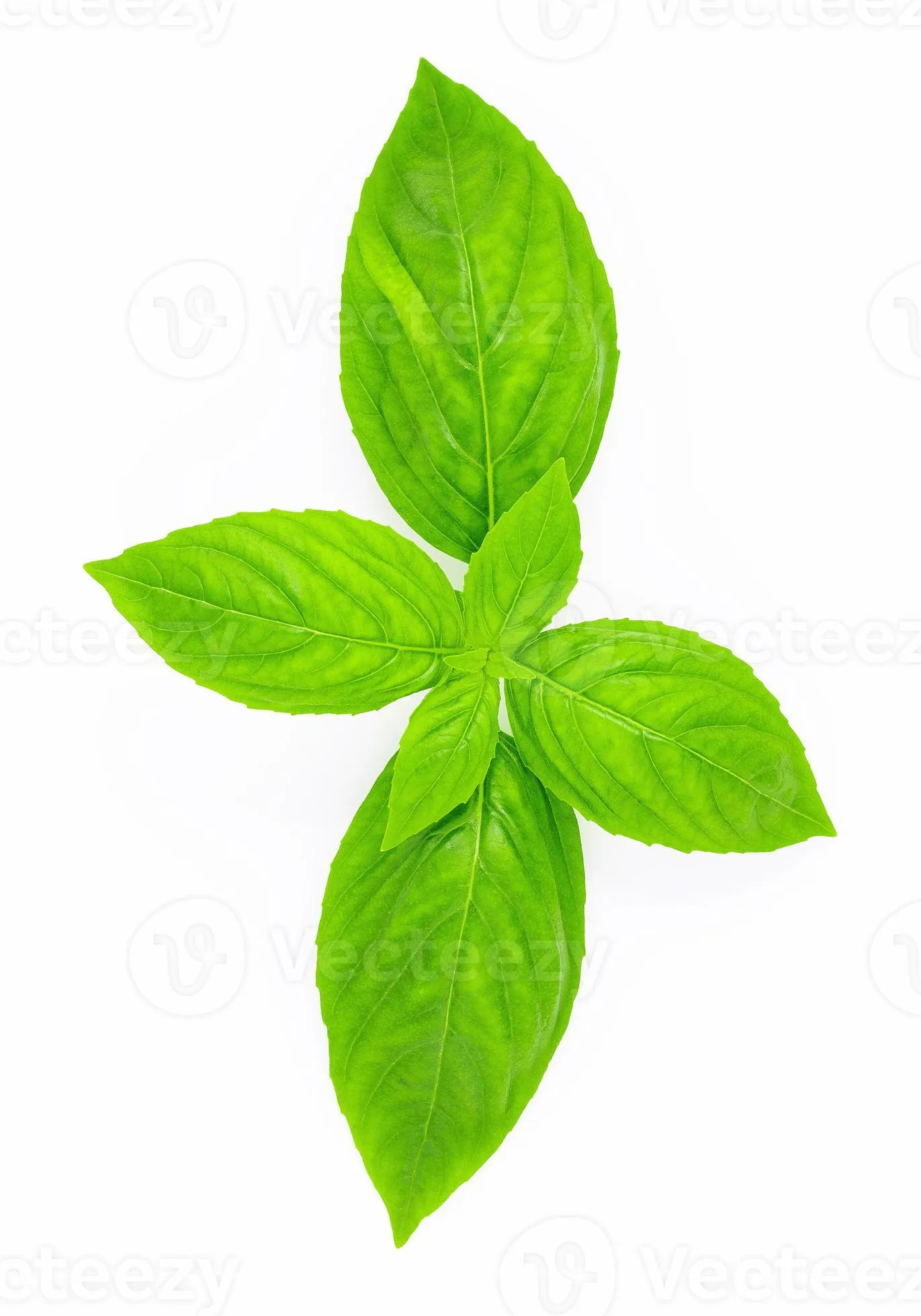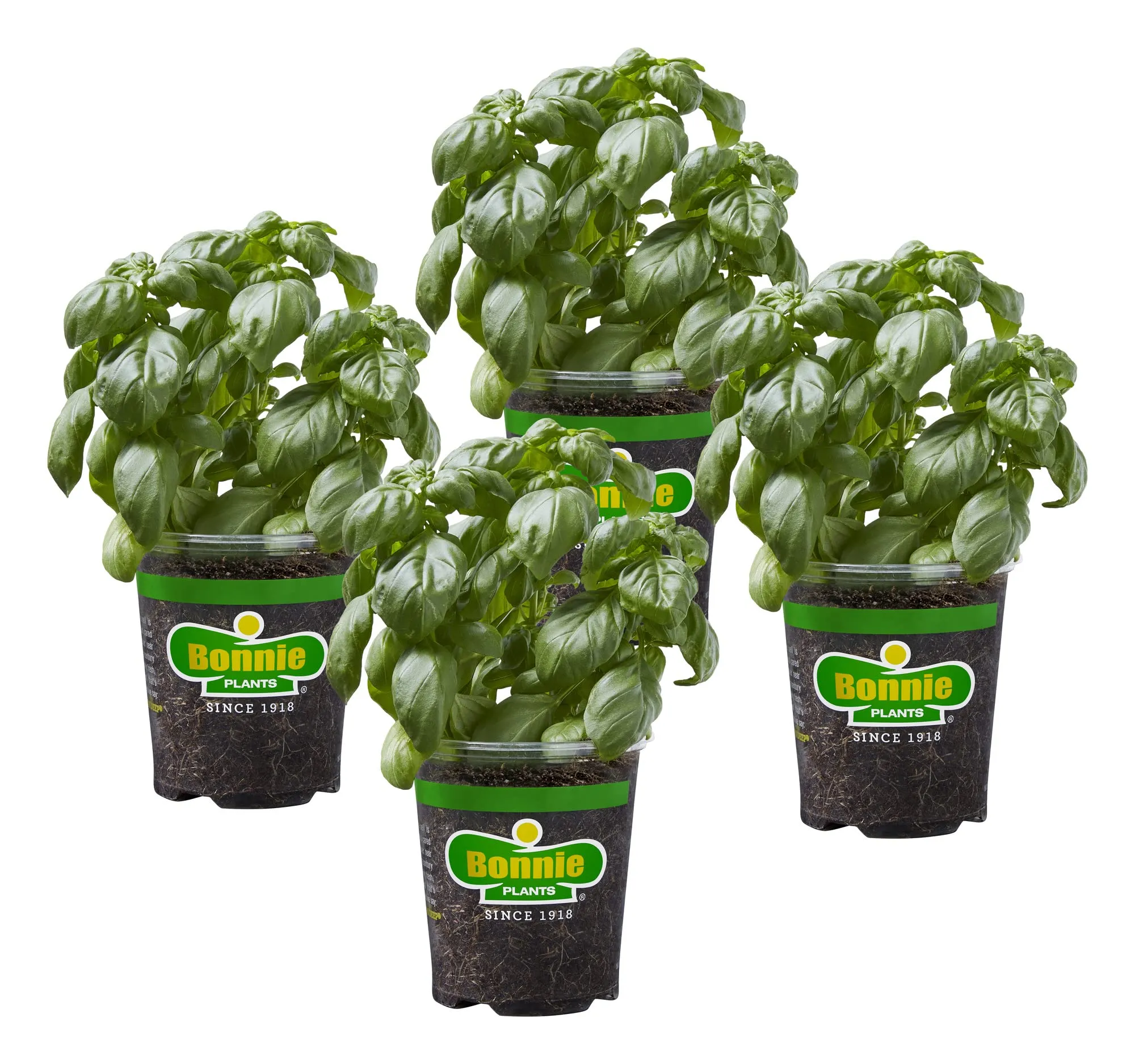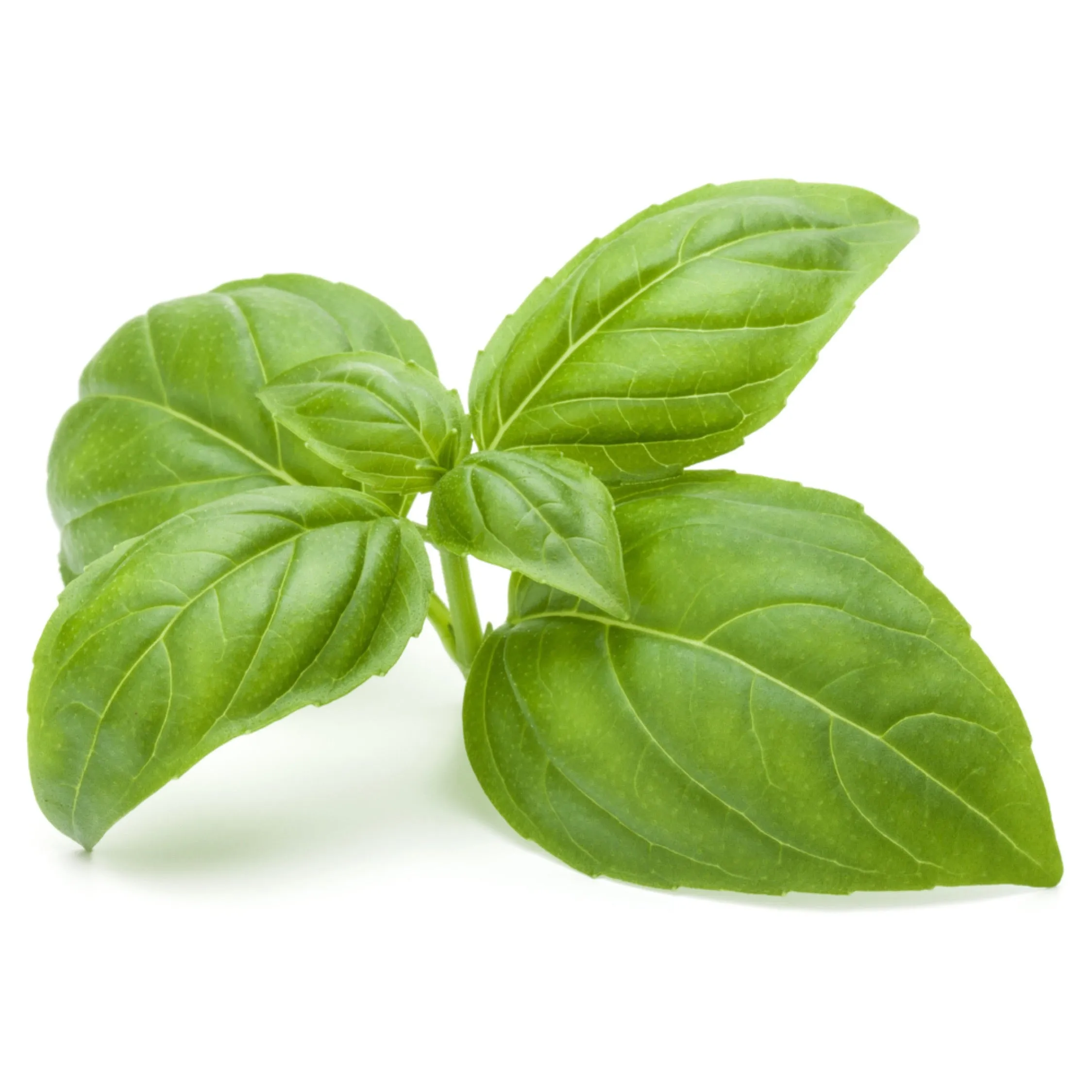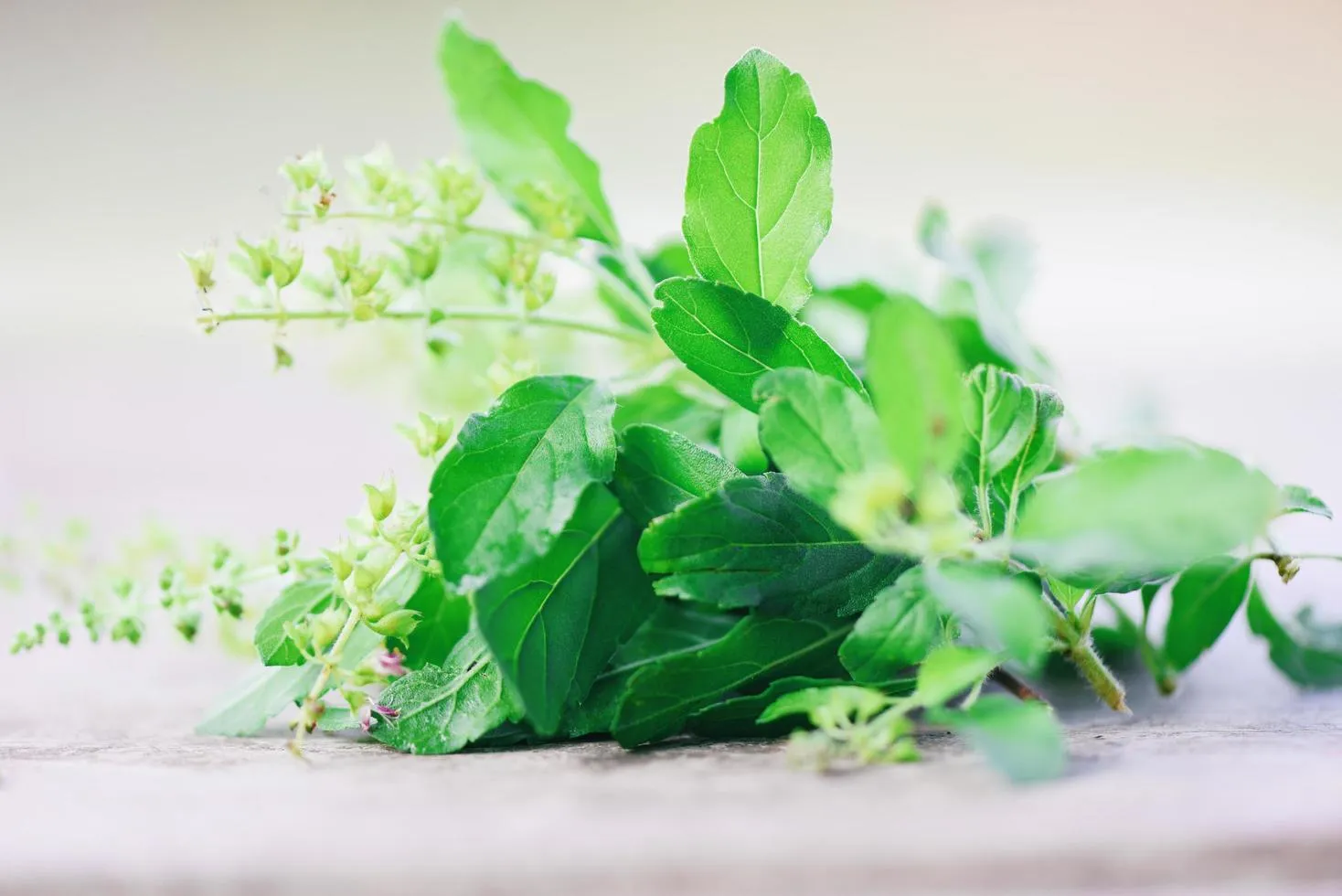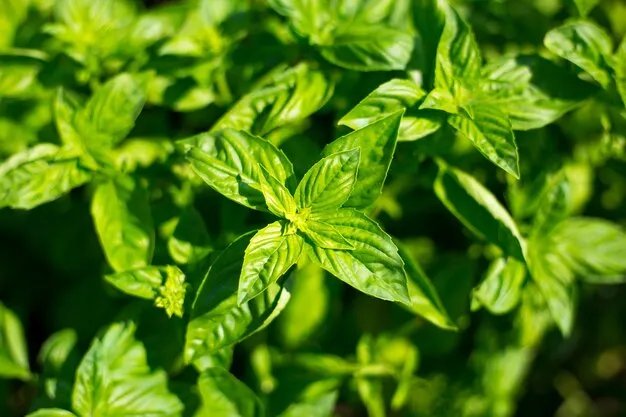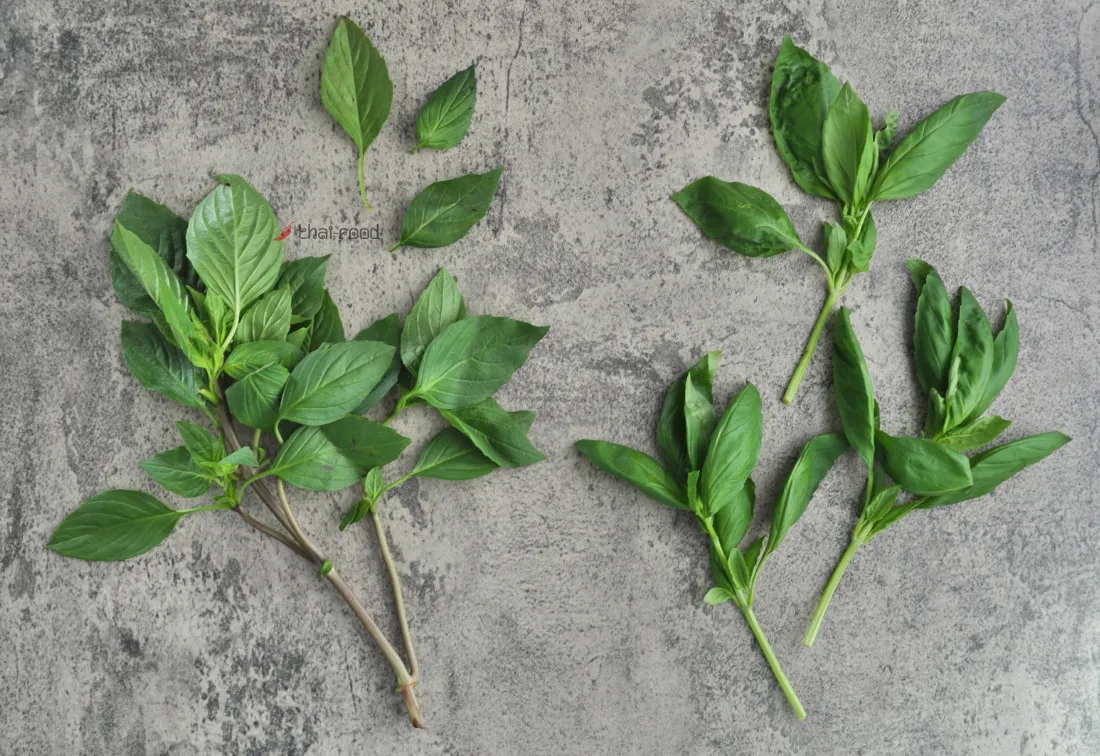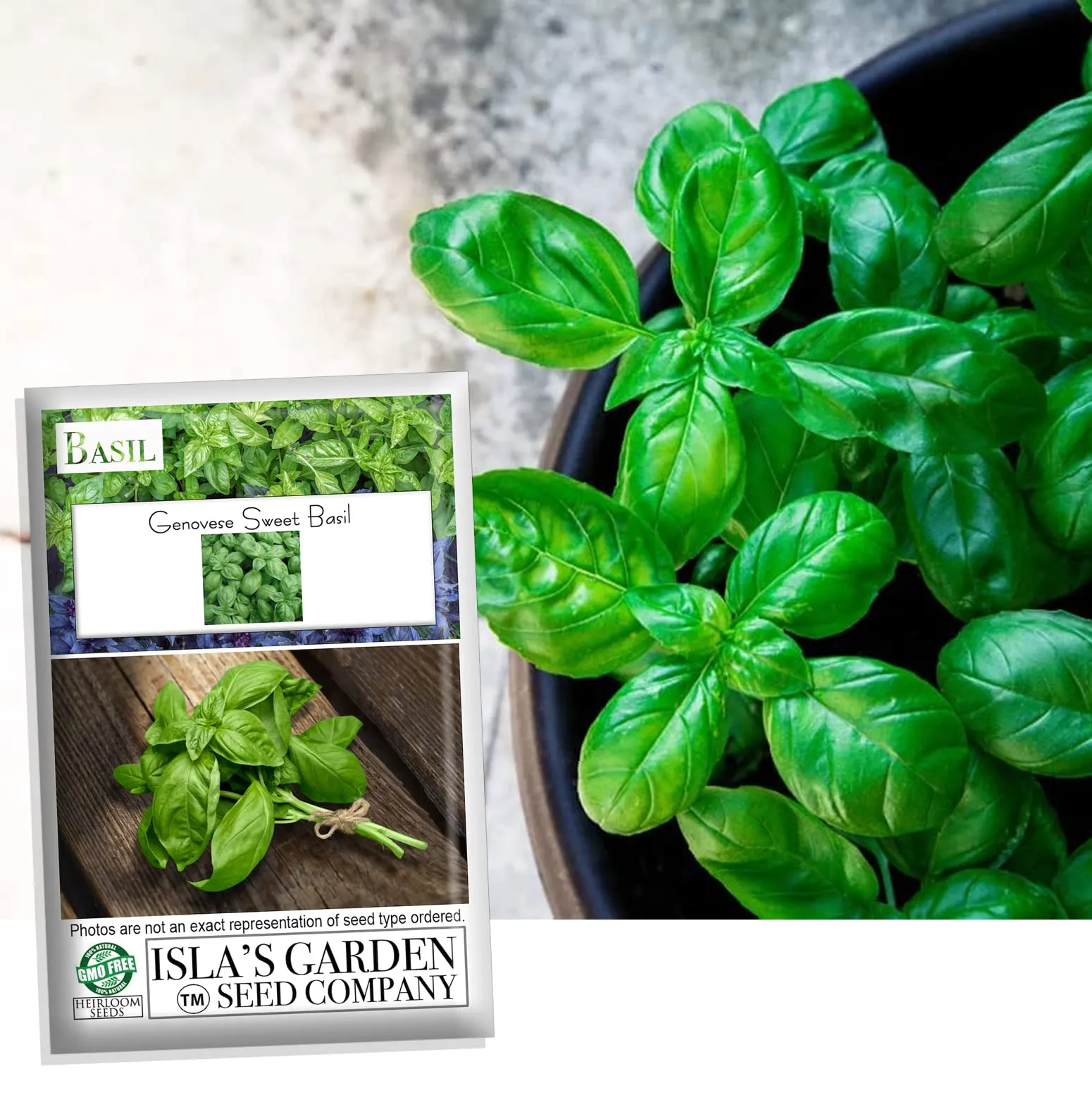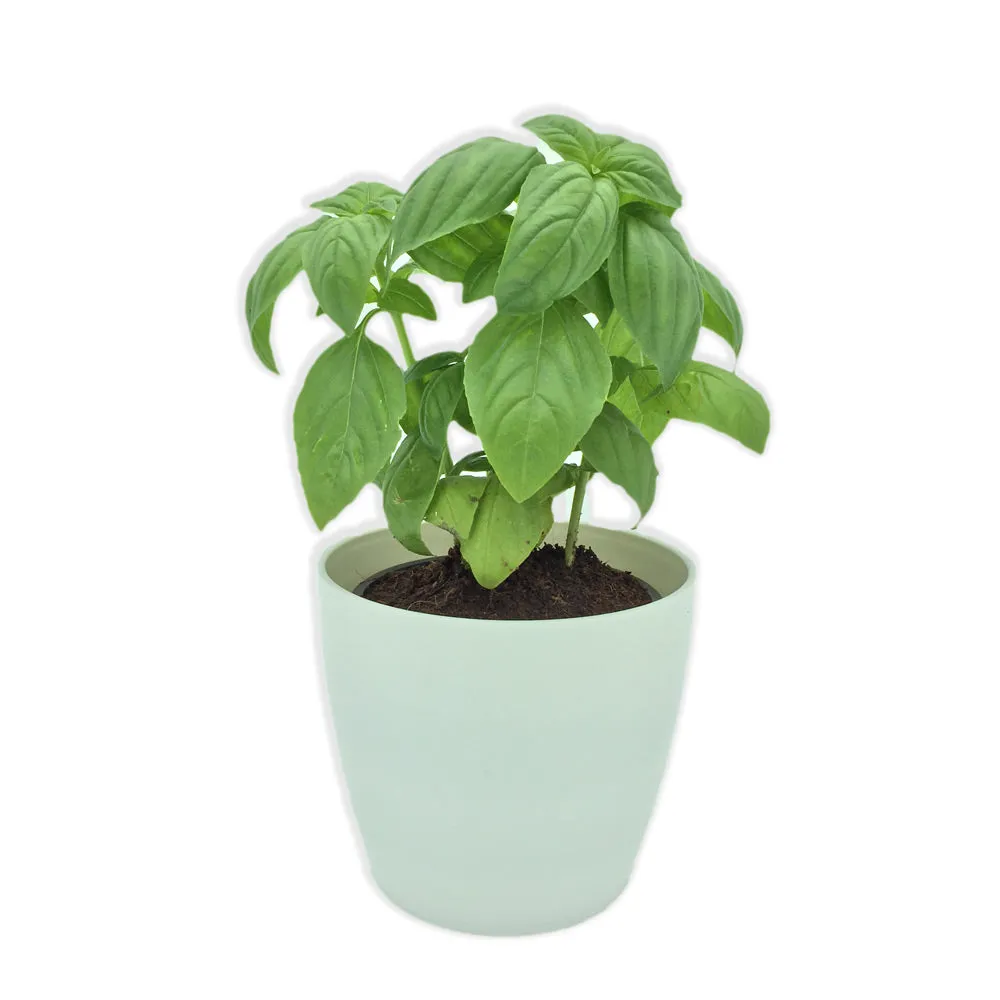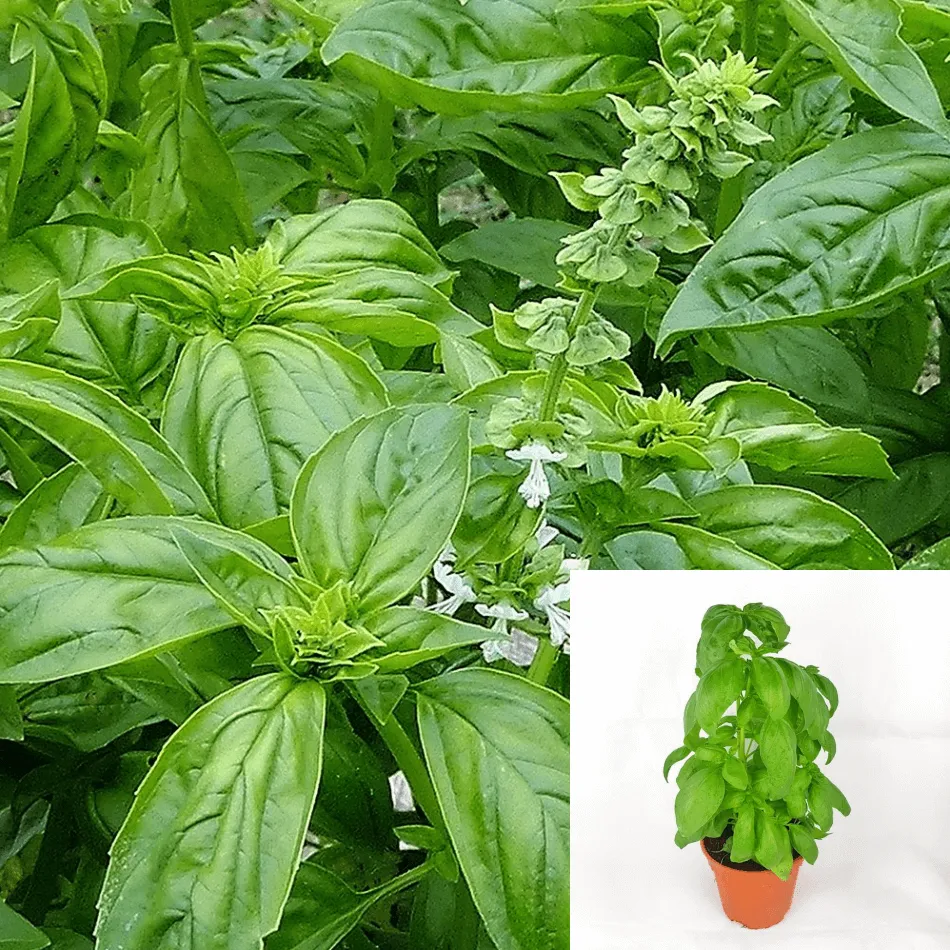Sweet Basil: A Houseplant That's Both Beautiful and Delicious
Sweet basil is a versatile and easy-to-grow herb that is a must-have for any home gardener or cooking enthusiast. With its fragrant leaves and delicate flowers, sweet basil is not only a beautiful houseplant but also a delicious addition to a wide range of culinary dishes. In this article, we'll explore everything you need to know about growing and caring for sweet basil as a houseplant, from its origins and history to its health benefits and culinary uses.
Origins and History of Sweet Basil
Sweet basil, also known as Ocimum basilicum, is a member of the mint family and is native to tropical regions of central Africa and southeast Asia. It has been cultivated for thousands of years for its culinary and medicinal properties, and is now widely grown and consumed around the world. The name "basil" comes from the Greek word "basilikos," which means "royal" or "kingly," reflecting the herb's historical association with royalty and nobility. In ancient Greece and Rome, sweet basil was believed to have protective and healing powers, and was often used in religious ceremonies and as a symbol of love and fidelity.
Health Benefits of Sweet Basil
In addition to its culinary uses, sweet basil has a number of health benefits that make it a valuable addition to any diet. Some of the most notable health benefits of sweet basil include: - Anti-inflammatory properties: Sweet basil contains compounds that have been shown to reduce inflammation in the body, which may help to prevent chronic diseases like heart disease, cancer, and arthritis. - Antioxidant properties: Sweet basil is a rich source of antioxidants, which help to protect the body against damage from free radicals and other harmful substances. - Digestive benefits: Sweet basil has been used for centuries to aid digestion and relieve stomach discomfort, and may help to reduce symptoms of bloating, gas, and indigestion. - Immune-boosting properties: Sweet basil contains compounds that have been shown to boost the immune system, which may help to prevent infections and other illnesses.
Growing and Caring for Sweet Basil
If you're interested in growing sweet basil as a houseplant, there are a few things you should know to ensure that your plant thrives. Here are some tips for growing and caring for sweet basil:
Choosing a Container
When selecting a container for your sweet basil plant, choose one that is at least 6 inches deep and has drainage holes to allow excess water to escape. You can use a plastic, ceramic, or terracotta pot, depending on your personal preference.
Soil and Fertilizer
Sweet basil prefers well-draining soil that is rich in organic matter. You can use a commercial potting mix or make your own by mixing equal parts peat moss, perlite, and vermiculite. Fertilize your sweet basil plant every two weeks with a balanced fertilizer, such as a 10-10-10 or 20-20-20 formula. Be careful not to over-fertilize, as this can cause the leaves to become bitter and affect the flavor of the plant.
Watering
Sweet basil plants prefer to be kept moist but not waterlogged, so water your plant when the top inch of soil feels dry to the touch. Be careful not to over-water, as this can cause root rot and other problems.
Light and Temperature
Sweet basil plants require bright, indirect light to grow and thrive. Place your plant near a south-facing window or under a grow light if you don't have access to natural light. Sweet basil prefers warm temperatures between 70 and 85 degrees Fahrenheit. Avoid placing your plant near drafts or in areas with extreme temperature fluctuations.
Pruning and Harvesting
To encourage bushier growth, pinch off the tips of your sweet basil plant as it grows. You can also harvest the leaves as needed by snipping off individual leaves or cutting back the entire plant by one-third to one-half.
Pests and Diseases
Sweet basil plants are relatively resistant to pests and diseases, but they can still be affected by common problems like aphids, spider mites, and fungal diseases. Keep an eye out for any signs of pests or disease, and treat them promptly with insecticidal soap or a fungicide if necessary.
Culinary Uses of Sweet Basil
Sweet basil is a staple ingredient in many types of cuisine, including Italian, Thai, and Vietnamese. Its delicate flavor and aroma make it a versatile herb that can be used in a wide range of dishes, from salads and soups to sauces and marinades. Here are some popular culinary uses for sweet basil: - Caprese salad: Combine sliced tomatoes, fresh mozzarella, and sweet basil leaves for a classic Italian salad. - Pesto sauce: Blend sweet basil leaves, garlic, pine nuts, and olive oil for a classic Italian sauce that can be used on pasta, sandwiches, or as a dip. - Thai curries: Sweet basil is a key ingredient in many Thai curries, adding a fragrant and slightly sweet flavor to the dish. - Vietnamese pho: Sweet basil is traditionally served with Vietnamese pho, adding a fresh and aromatic element to the soup. - Cocktails: Sweet basil can be muddled and added to cocktails for a refreshing and herbaceous flavor.
Conclusion
Sweet basil is a beautiful and delicious herb that is easy to grow and care for as a houseplant. With its many health benefits and versatile culinary uses, it's a must-have for any home gardener or cooking enthusiast. Whether you're using it to add flavor to your favorite dishes or simply enjoying its fragrant leaves and delicate flowers, sweet basil is sure to bring joy and beauty to your home.
Frequently asked questions about Sweet Basil wallpapers
Q: What is Sweet Basil?
A: Sweet Basil is a houseplant that is commonly grown for its fragrant leaves, which are used for culinary purposes.
Q: What kind of pictures are available for download on your website?
A: Our website provides pictures of Sweet Basil plants in various sizes and file formats, including .jpg, .png, and .webp.
Q: How many images of Sweet Basil are available on your website?
A: We have 18 images of Sweet Basil available for download.
Q: Are the pictures available for download free of charge?
A: Yes, all of the pictures on our website are available for free download.
Q: What sizes are available for the pictures?
A: Our website offers various sizes for the pictures, and visitors can choose their preferred width and height. We also automatically detect the visitor's mobile screen size and choose the appropriate size for them.
Q: How can I download the Sweet Basil pictures from your website?
A: To download the pictures, simply click on the image you want to download and select the file type and size you prefer. Then, click on the "Download" button to save the image to your device.
Q: Can I use the Sweet Basil pictures for commercial purposes?
A: Yes, you are free to use the pictures for commercial purposes. However, we do not provide any guarantees or warranties regarding the images, and it is your responsibility to ensure that you have the necessary rights and permissions to use them.
Q: Are there any restrictions on how I can use the Sweet Basil pictures?
A: While you are free to use the pictures for any purpose, we do ask that you do not modify or alter the images in any way that would misrepresent or mislead viewers about the original content.
Q: What if I can't find the Sweet Basil picture that I'm looking for on your website?
A: If you can't find the picture you're looking for, feel free to contact us and let us know what you're looking for. We may be able to provide additional images or resources to help you find what you need.
Q: Do you have any recommendations for using the Sweet Basil pictures?
A: While there are no specific recommendations, we suggest using the pictures in a way that highlights the beauty and unique characteristics of the Sweet Basil plant. Consider using them in recipes, blog posts, or other content related to gardening, cooking, or home decor.



